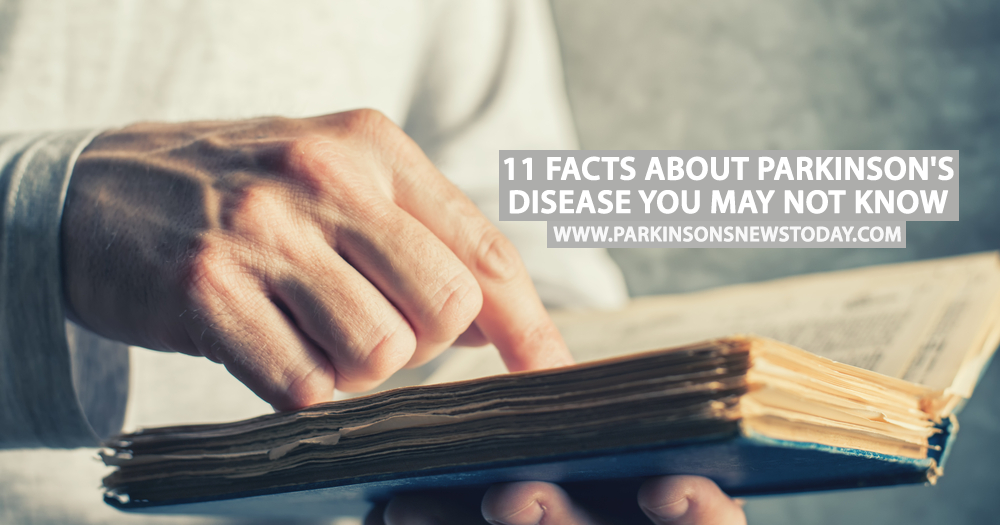11 verdades acerca del Parkinson

Most people know of Parkinson’s disease and have a good idea of its symptoms, but very few know much more than that about this progressive illness. Since Parkinson’s disease awareness month is around the corner (April), we’ve put together some simple stats and facts that you can share near and far.
With help from the Parkinson’s Disease Foundation, everydayhealth.com, and ecaring.com, here are 11 facts about the disease most people don’t know. (Some of them may even surprise you!)
It’s a movement disorder.
Parkinson’s disease is a neurodegenerative disease whereby cells responsible for producing dopamine die off in the substantia nigra area of the brain. Dopamine is essential for movement as it acts as a transmitter for signals from the brain to other parts of the body.
Who found it?
Parkinson’s disease was discovered by British surgeon Dr. James Parkinson in 1817.
How prevalent is it?
Approximately one million people have Parkinson’s disease in the U.S. and there are around 50,000 new cases diagnosed each year.
Most patients are middle-aged.
The average age of someone diagnosed with Parkinson’s disease is 56. Around 4 percent of Parkinson’s patients are diagnosed before the age of 50.
When is it considered young-onset Parkinson’s disease?
It’s considered young-onset if diagnosed before the age of 40. The youngest recorded case of Parkinson’s was a 12-year-old patient.
How is it diagnosed?
There is no blood test or scan that can diagnose Parkinson’s disease. Doctors look for four classic symptoms of the disease before reaching a diagnosis: tremors, rigidity in the wrist and elbow joints, lack or slowness of movement, and an unstable posture.

It affects mostly men.
Parkinson’s disease is twice as likely to affect men than women.
There’s no known cause.
There is no known cause of Parkinson’s disease although a family history of the disease will increase your risk. Researchers think environmental factors such as smoking, pollution, heavy metals, medications and illegal drugs may be responsible for the onset of the disease. Head trauma, brain inflammation, and stroke have also been associated with the disease.
Parkinson’s is expensive.
Treating patients with Parkinson’s disease costs the U.S. around $25 billion a year. The average patient will need $2,500 worth of medication each year and therapeutic surgery could cost up to $100,000.
How do you treat it?
There is no cure for Parkinson’s disease but there are medications that can help patients with the symptoms. Patients can also undergo deep brain stimulation where electrical current is used to help block tremors and other movement symptoms of the disease.
There’s a correlation between Parkinson’s and depression.
Dopamine is also associated with mood as well as movement. It’s estimated that more than half of Parkinson’s disease patients suffer from depression and around 40 percent suffer from anxiety.
Comentarios
Publicar un comentario